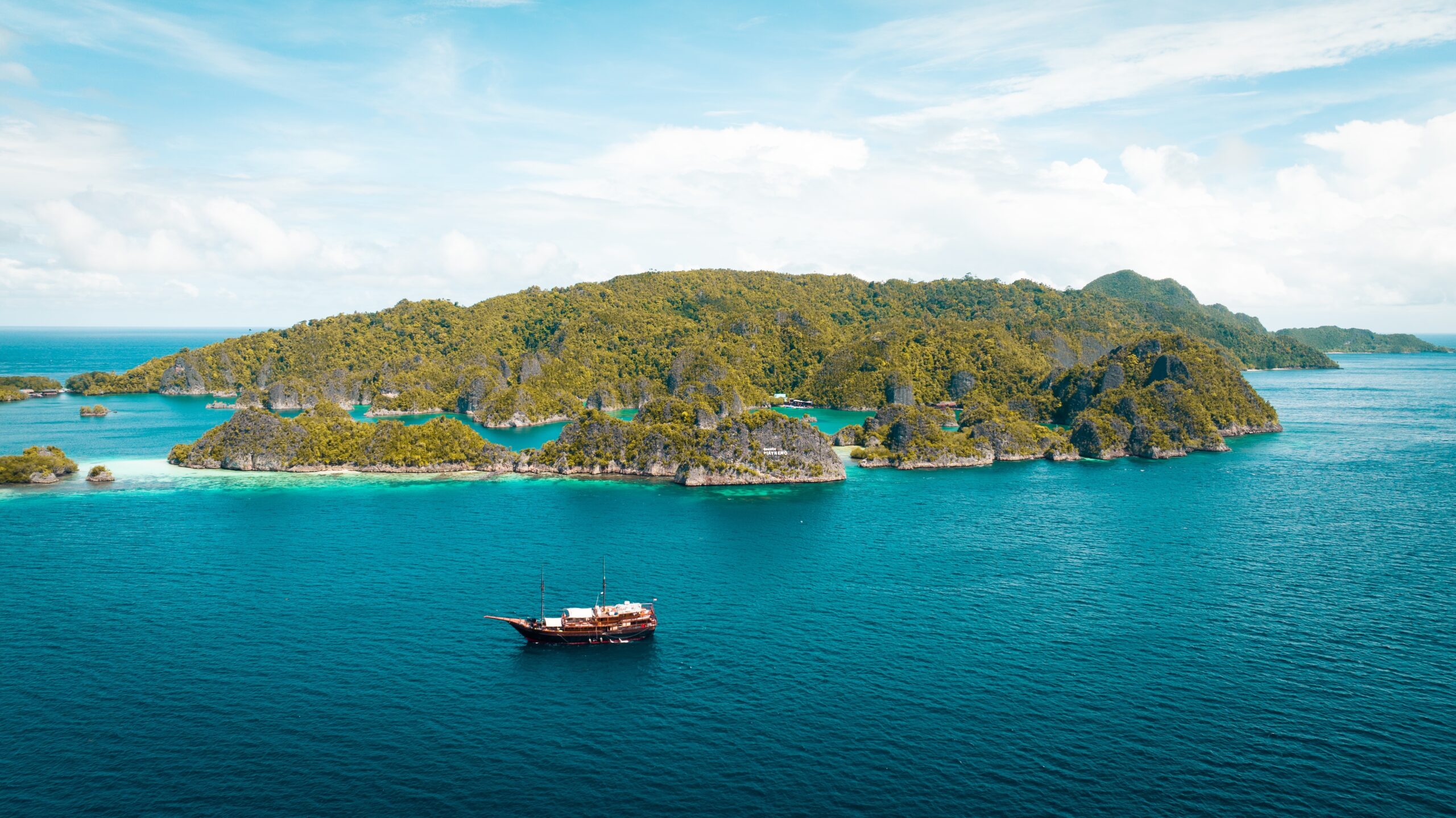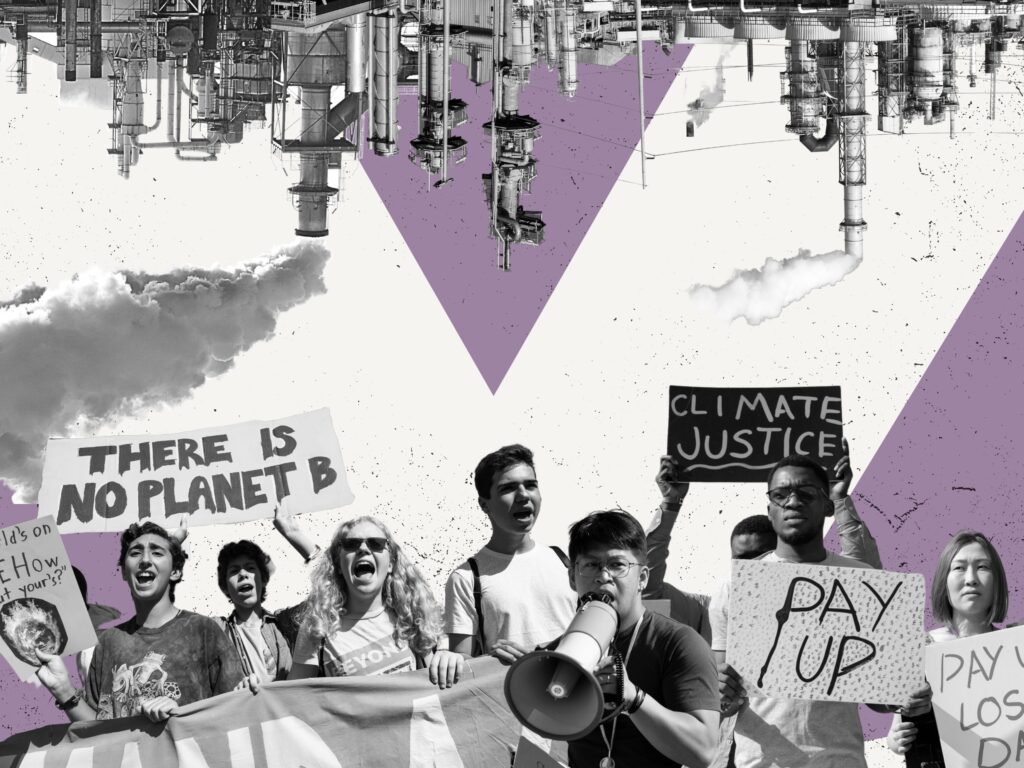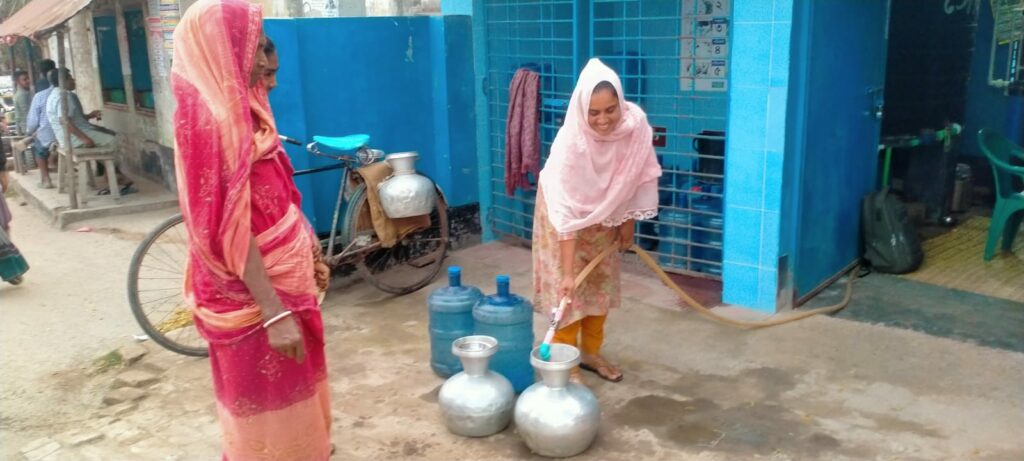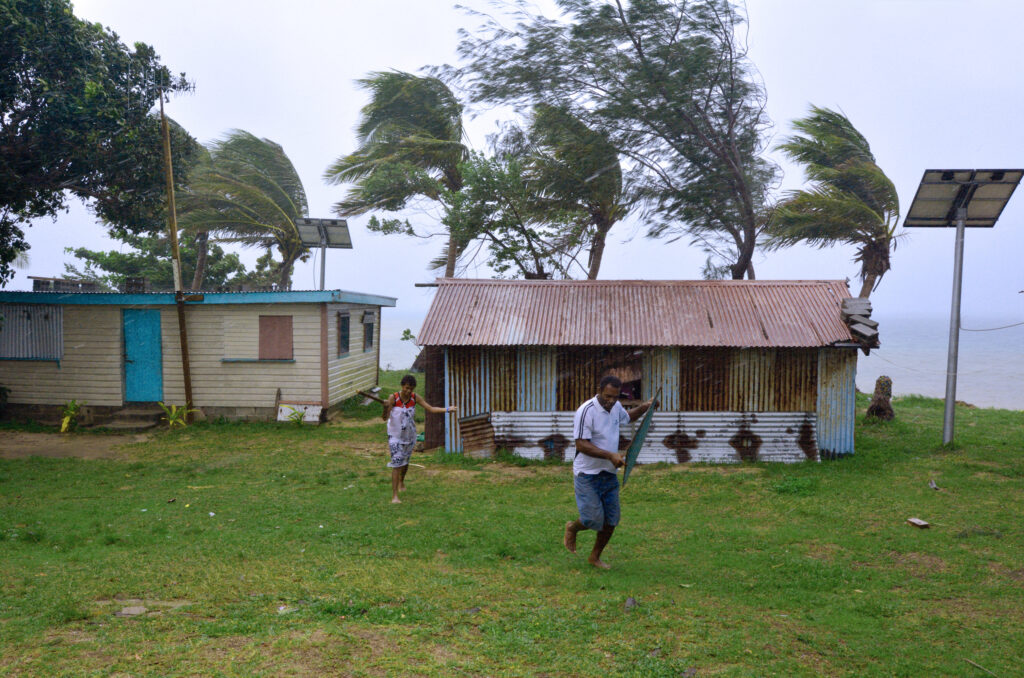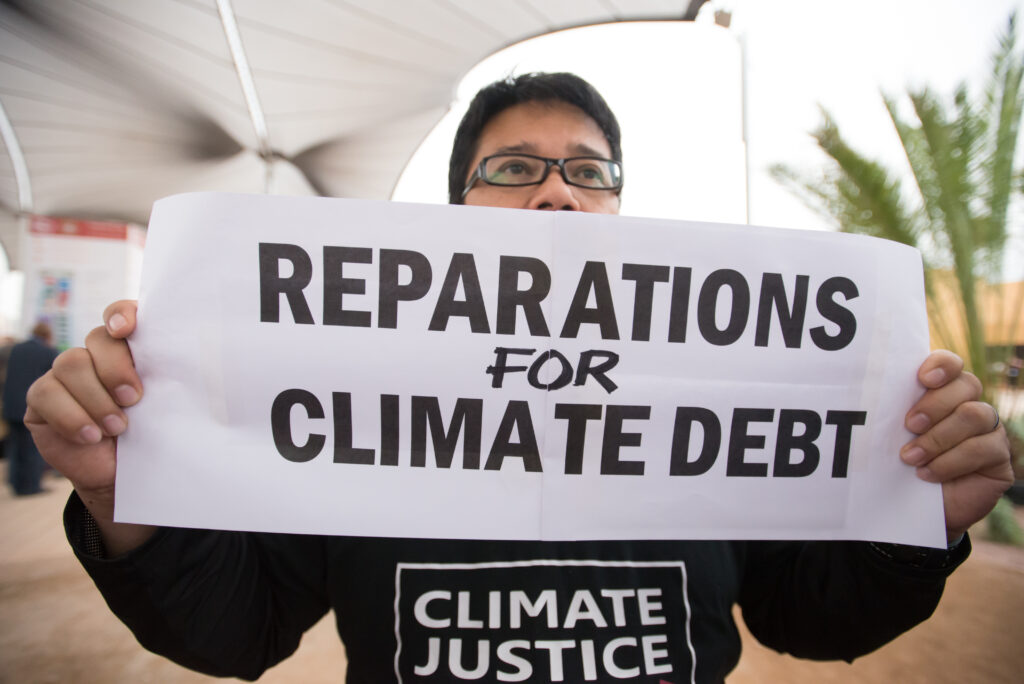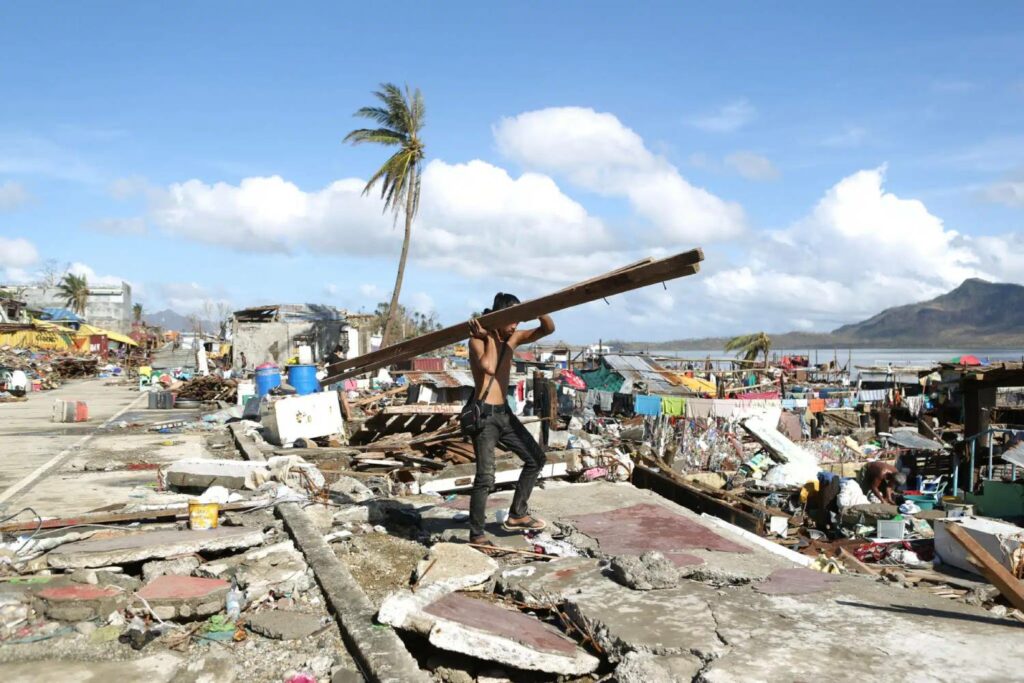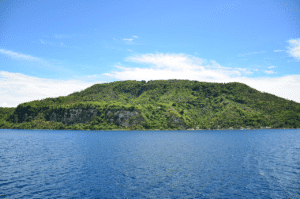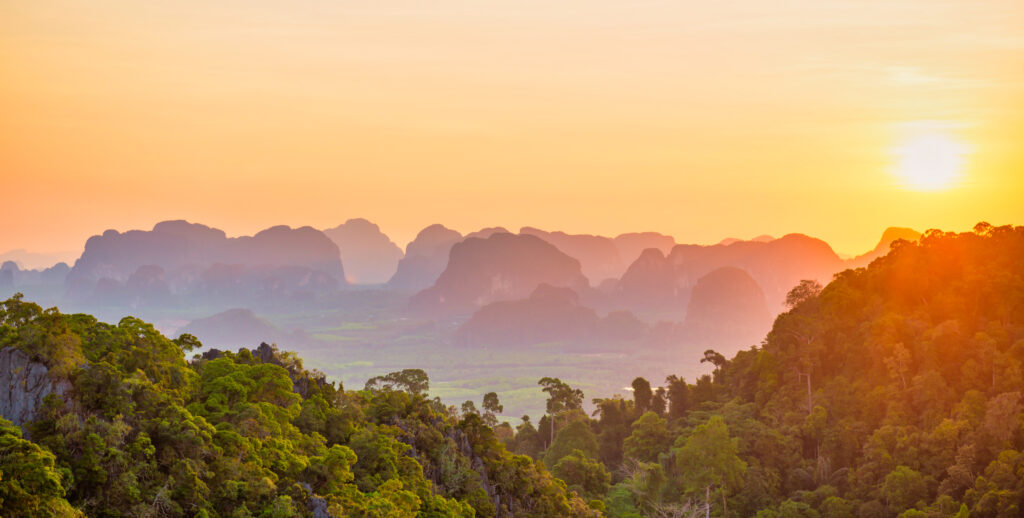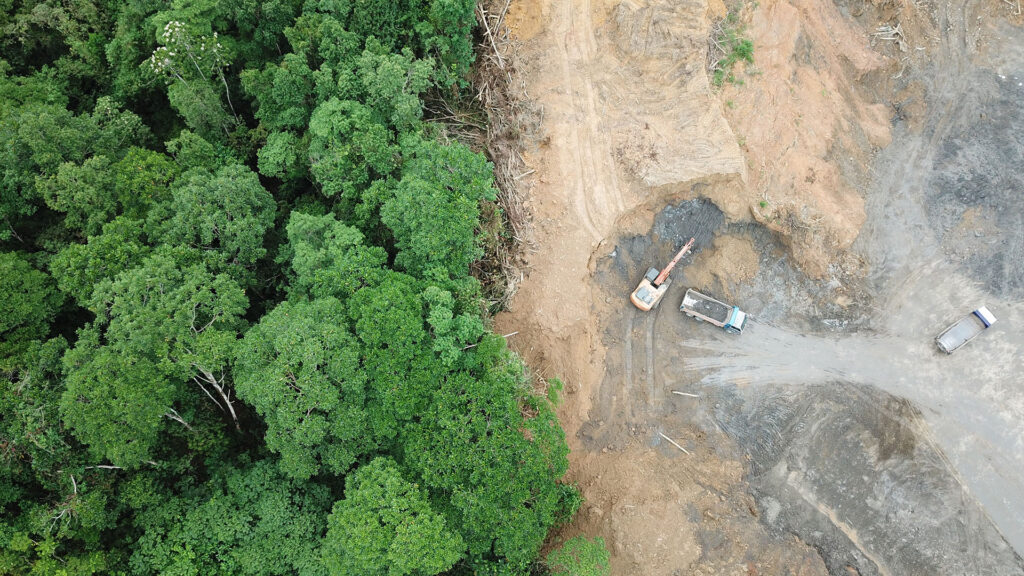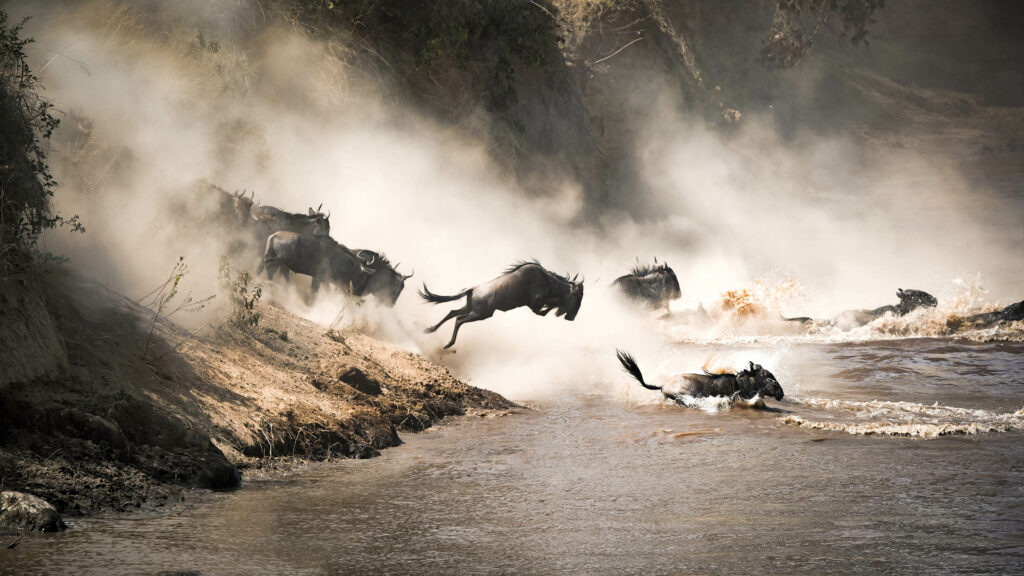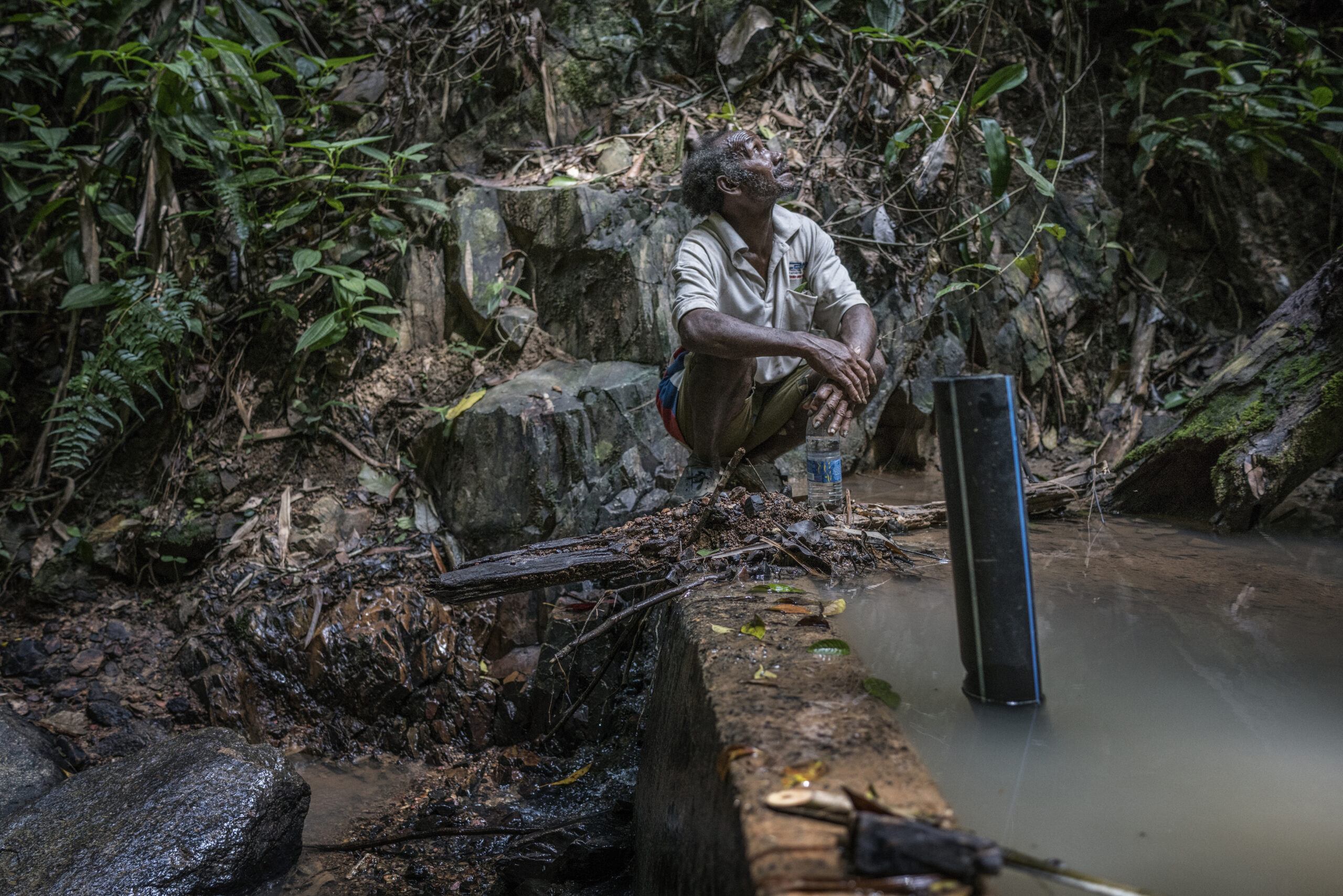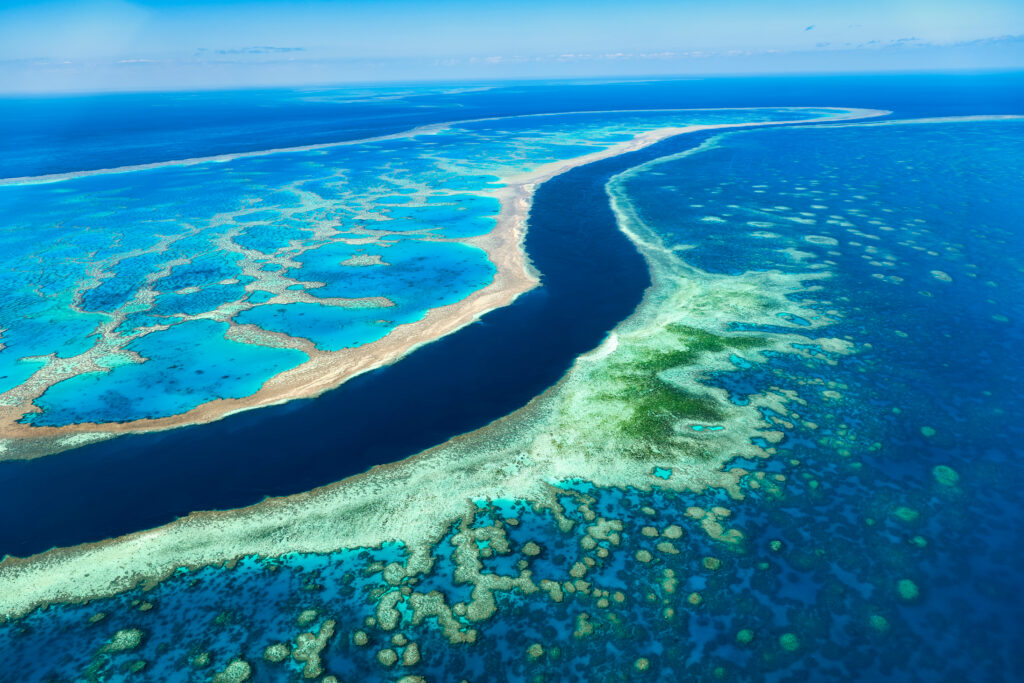Indonesia – the emerald of the equator – is well known for its natural endowments. Raja Ampat, for instance, is located in the heart of the world’s largest coral triangle – an important habitat for more than 1.600 species of fish, 75% of known coral species, and 17 species of mammals. This abundance of natural resources has been providing for the livelihoods and sources of food of over 70 thousand people who call Raja Ampat home. Nevertheless, although Raja Ampat has also been designated as a conservation area and a UNESCO geopark, it has been constantly exploited under Indonesia’s downstreaming agenda – particularly for nickel.
Currently, there are five active nickel mining permits in Raja Ampat. These mines operate on the larger Waigeo island as well as the smaller islands of Manuran, Gag, Kawe, Manyaifun, and Batang Pele. The exploitation of their mineral resources and their downstream activities have been noted to cause significant environmental destruction to Raja Ampat’s biodiversity, which also often infringes upon local and Indigenous communities’ rights.
These infringements come in on the idea that the government should provide various conveniences to incentivise corporations to invest in Indonesia’s mining industry. With a lofty 8% annual economic growth on its sights, the Indonesian government has been more than happy to co-opt the global energy transition narrative as a way to greenwash its push for nickel downstreaming, even though most of Indonesia’s output still goes into stainless steel manufacturing rather than batteries.
Aside from nickel, Papua has also become subject to coal extraction. Mamberano Raya—a district in Papua—is expected to produce 4 million tonnes of coal per annum. However, Mamberano Raya is renowned for its forest ecosystem richness and wildlife biodiversity, so local communities and civil society have criticised and urged the government to revoke the coal permit to protect the area’s ecological resilience.
Meanwhile, the argument remains that various fiscal and financial benefits can be gained through a just transition. Subsequently, Indonesia has a vast reservoir of financially viable renewable energy resources. Therefore, it is crucial to inquire why Indonesian domestic banks – especially HIMBARA – still retain such a strong predilection to fund fossil energy, especially coal.
Sadly, the various leeways government policies have afforded the mining industry have continued to produce adverse conditions for the people of Indonesia. Lack of sustainability regulations, law enforcement, and government transparency has provoked uncontrolled downstreaming practice – particularly in Central and East Indonesia. These conditions produce inclement living conditions for people in and around these mining operations. Mining operations often deprive indigenous communities of their livelihoods, making the fulfilment of their basic needs more arduous than it should be. These enclosures sever the ties between the locals and their “mother” – the earth.
Nevertheless, similar to how one would rise to protect one’s mother, various grassroots movements have emerged to stand up for the earth, involving various backgrounds and age groups. For example, Youth groups under the Jaga Alam Raja Ampat alliance took to the streets to urge the Indonesian government to stop mining activities in Raja Ampat. They demand stronger protection and the preservation of Raja Ampat, which is not limited only to its forests and oceans, but also the indigenous communities that have cared for Raja Ampat with their wisdom for millennia.
Recently, when the public outcry around the potential destruction of its beauty and the use of the hashtag #SaveRajaAmpat reached its fever pitch, the government revoked 4 out of the 5 permits, excluding only PT Gag Nikel. The government argued that this exception is based on the inspection that concluded that PT Gag’s mining site was outside the geopark area and found no evidence of ongoing pollution caused by mining activities. Nevertheless, it is well documented that mining in the area has caused environmental degradation and conflicts among communities. Therefore, it is clear that assessing a mining activity should not be limited to environmental aspects alone. Still, it also needs to constructively consider social, cultural, and economic lenses that are inseparable to ensure the welfare of Indonesia’s ecosystem and its citizens.
There is a belief in Papua that says Te Aro Naweak Lake (we are part of nature), which entails that protecting the environment and respecting its biodiversity is integral to our wellbeing and a celebration of our profound connection with our nurturing “mother”. Therefore, let us not tarnish the beauty of Raja Ampat by allowing its continued exposure to the misfortune of the mining industry. Let us instead celebrate Indonesia’s wealth of biodiversity and renewable energy potential by embarking upon a truly just energy transition.
Anastasia Kriestella is an Outreach and Advocacy Associate at CERAH.
About CERAH
Yayasan Indonesia Cerah, also known as CERAH, is an Indonesian non-profit organisation working to advance Indonesia’s energy transition policy agenda. CERAH combines deep energy sector knowledge, cutting-edge communications capacity, and a campaigner’s desire for change.
Disclaimer: The views and opinions expressed in this article are those of the author and do not necessarily reflect the official policy or position of Climate Impacts Tracker Asia

